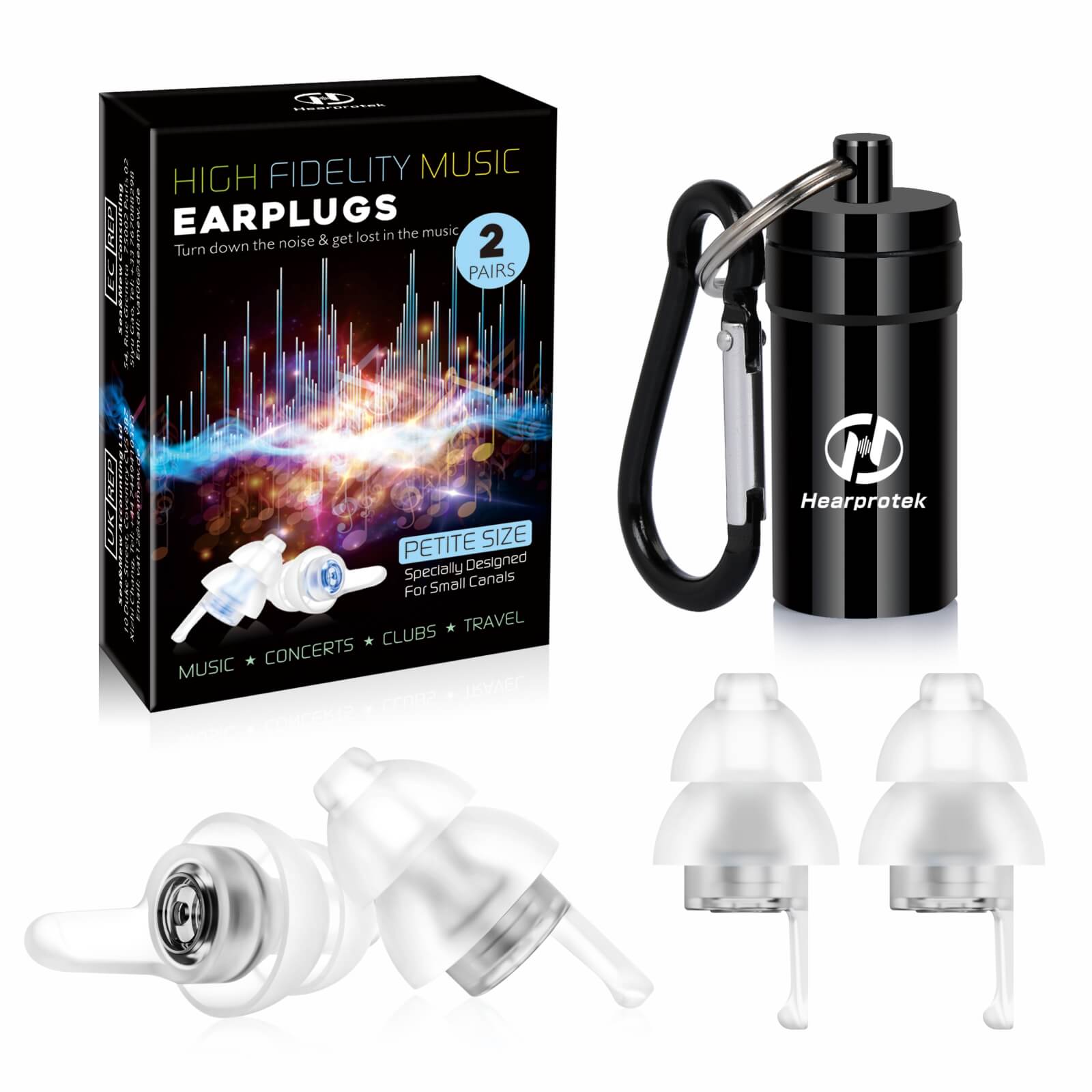When it comes to protecting our hearing, reusable ear plugs have become an essential accessory in today's noisy world. These small devices are designed to fit snugly into the ear canal, blocking out unwanted noise and preventing potential damage to our ears. In recent years, there have been significant advancements in the technology behind reusable ear plug design, resulting in more effective and comfortable solutions for users.
The Evolution of Reusable Ear Plug Design
Over the years, the design of reusable ear plugs has evolved to meet the changing needs and preferences of users. Initially, ear plugs were simple foam or silicone inserts that provided basic noise reduction. However, advancements in materials and manufacturing techniques have led to the development of more sophisticated designs.
One of the key advancements in reusable ear plug design is the incorporation of advanced filters. These filters allow for selective noise reduction, blocking out harmful frequencies while still allowing the user to hear important sounds, such as speech or alarms. This technology has been particularly beneficial in industries where communication is crucial, such as construction or aviation.
Comfort and Fit
Another area where advanced technologies have made a significant impact is in the comfort and fit of reusable ear plugs. Traditional ear plugs often caused discomfort and irritation, leading to users abandoning their use. However, with the introduction of innovative materials and ergonomic designs, reusable ear plugs now offer a much more comfortable experience.
One example of this is the use of memory foam in ear plug design. Memory foam molds to the shape of the ear canal, providing a custom fit that ensures maximum comfort and noise reduction. Additionally, some reusable ear plugs now feature adjustable tips or wings, allowing users to personalize the fit to their specific ear shape and size.
Hygiene and Maintenance
Hygiene and maintenance are important considerations when it comes to reusable ear plugs. Traditional ear plugs were often difficult to clean and maintain, leading to a buildup of dirt and bacteria over time. However, advanced technologies have addressed this issue, making reusable ear plugs more hygienic and easier to maintain.
One such advancement is the use of antimicrobial coatings on the surface of ear plugs. These coatings help prevent the growth of bacteria and fungi, reducing the risk of ear infections. Additionally, some reusable ear plugs now come with detachable filters or tips that can be easily cleaned or replaced, ensuring optimal hygiene and performance.
The Future of Reusable Ear Plug Design
The field of reusable ear plug design continues to evolve, with researchers and manufacturers constantly exploring new technologies and materials. One area of focus is the integration of smart features into ear plugs, such as wireless connectivity or biometric sensors. These advancements could potentially enhance the user experience and provide valuable data on noise exposure and hearing health.
Furthermore, there is ongoing research into the development of eco-friendly materials for reusable ear plugs. As sustainability becomes a growing concern, manufacturers are exploring alternatives to traditional plastics that are biodegradable or made from recycled materials.
Overall, the advancements in reusable ear plug design have revolutionized the way we protect our hearing. With improved comfort, selective noise reduction, and enhanced hygiene, these devices offer a superior solution for noise control. As technology continues to advance, we can expect even more innovative designs that cater to the diverse needs of users.

